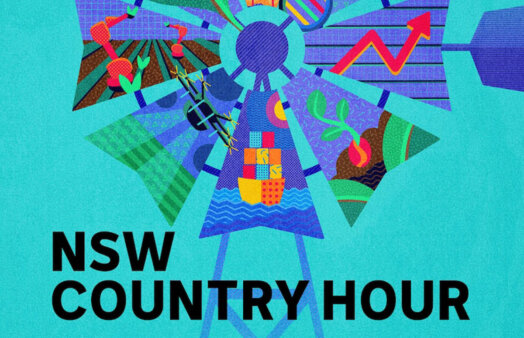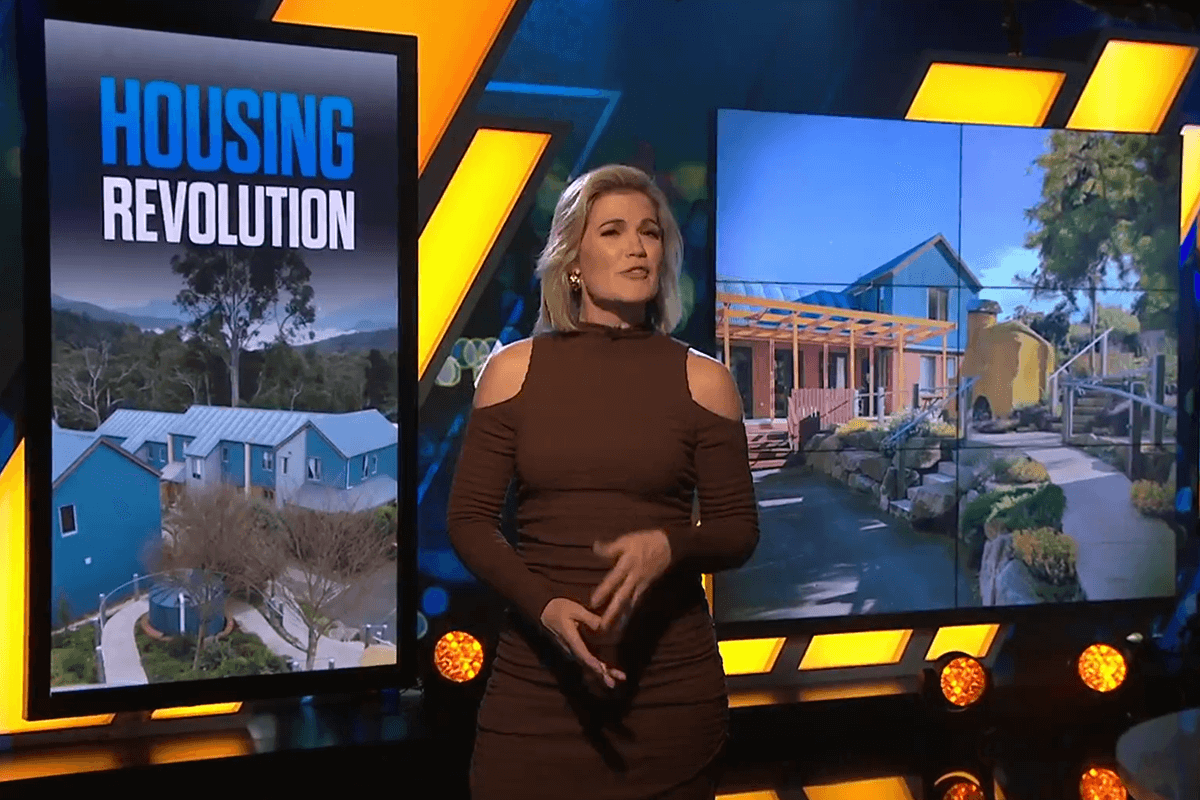27 October 2012
Richard Denniss, Canberra Times | 27 October 2012
They’re not widely publicised, but co-operatives and mutuals give customers a different option to the major banks.
You might not like the fact that the big banks dominate 90 per cent of the mortgage lending market or that the finance industry makes a fortune investing your compulsory super in other big companies that buy up smaller competitors but, according to most pundits, that’s capitalism.
And, unless you want to live in a cave and weave baskets by candlelight, there is nothing that can be done about it.
Except there is. Indeed, not only is an alternative possible, alternatives to the giant corporations chasing giant profits already exist and thrive in Australia.
According to a new report by The Australia Institute, around 80 per cent of Australians are a member of at least one co-operatively owned or mutually owned enterprise such as a credit union, mutually owned bank, industry super fund or roadside assistance organisation.
Co-ops and mutuals are big business in Australia. The member owned industry superannuation funds manage around $400 billion in assets.
Co-operative Bulk Handling provides $3 billion a year in services to the farmers who collectively own it and the Co-op Bookshop has around 1.5 million members.
However, despite the overwhelming majority of Australians already being members of a co-op or mutual, only 16 per cent realise it.
Similarly, while brands like the NRMA, AustralianSuper and Murray Goulburn dairy are household names, only 10 per cent of Australians could name a co-op or mutual.
Co-ops and mutuals are hiding in full view of the consumers who say they want an alternative, and the politicians who assure us there isn’t one.
Here in Canberra, there are a number of relatively new co-ops that are beginning to deliver real benefits to their members and communities.
While finding a GP who bulk bills in Canberra can be near impossible for many, this is not the case for the 12,000 families who are part of the West Belconnen Health Co-operative. After paying a small annual fee all members are always bulk billed.
Then there is Kingston’s creative hub The MilkBar studio, which offers a shared space for photographers, designers, and other small business operators who don’t want to take on the burden of overhead expenses alone.
For over a century co-ops have delivered a wide range of services to Australian consumers, producers and communities but, despite 2012 being the International Year of the Co-operative, their profile remains far lower than their enormous membership seems to justify.
There are a number of explanations for the relative invisibility of a sector that is so widespread, one of which is that as organisations focus on delivering benefits to their members they typically spend far less money on advertising trying to attract new customers.
In turn, co-ops and mutuals have much lower profiles than similar sized privately owned companies.
The big four banks, for example, spend more than $1 billion a year on advertising, a sum greater than the budget for the entire ABC. The irony is that while much of the advertising is meant to suggest the big banks offer a good deal for customers, the banks of course pass the entire cost of this flood of advertising on to customers through higher interest rates. On average you could save nearly $1500 a year switching from a big four bank to a credit union or mutually owned bank.
Another explanation is that governments don’t talk about them nearly enough. While Treasurer Wayne Swan may encourage people to switch institutions to achieve a better deal on their mortgage, like former treasurers he has done little to inform Australians about the safety and security of the co-operatively owned sector.
For example, the federal government guarantees deposits in all Australian lending institutions, including co-ops and mutuals, but many people believe their money is safer with the big four.
Finally, some of the blame clearly rests with the co-op sector itself, which hasn’t done a great job of explaining the benefits they provide to members and the broader community.
Fortunately for consumers, all of the existing barriers to greater awareness of the sector are relatively easy and inexpensive to overcome. Once the sector becomes better at talking about itself to its enormous membership, the problem of being ignored by politicians will likely vanish.
There is an alternative to the giant profits, enormous executive salaries and obscene amounts of money wasted on advertising that we now associate with many of the big privately owned firms that dominate our TV screens and our bank statement, but for the time being at least, the alternative remains hidden in full view.
Dr Richard Denniss is executive director of The Australia Institute, a Canberra-based think tank


